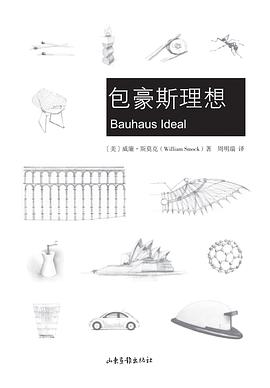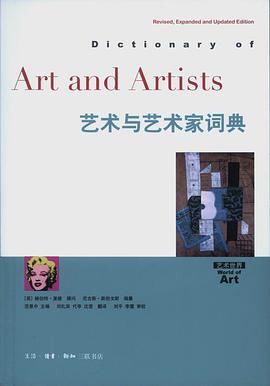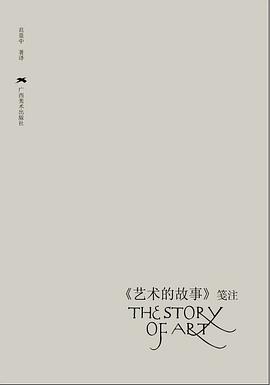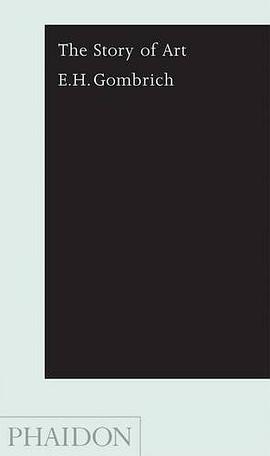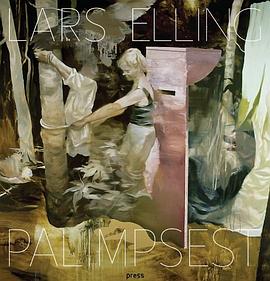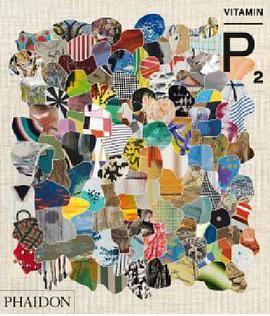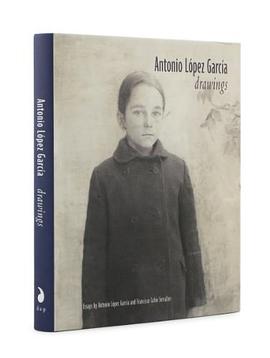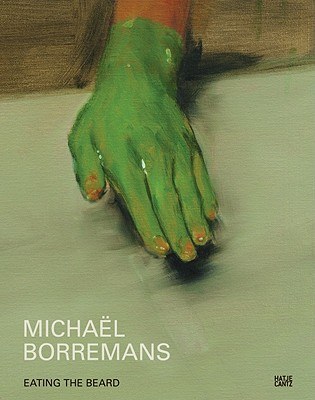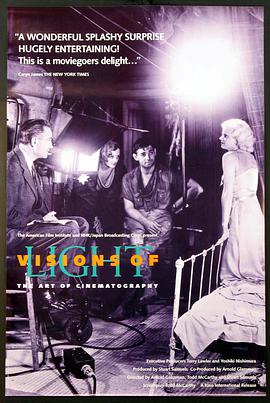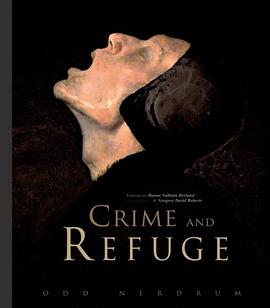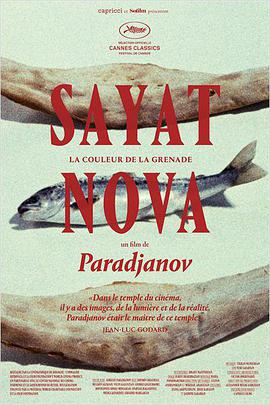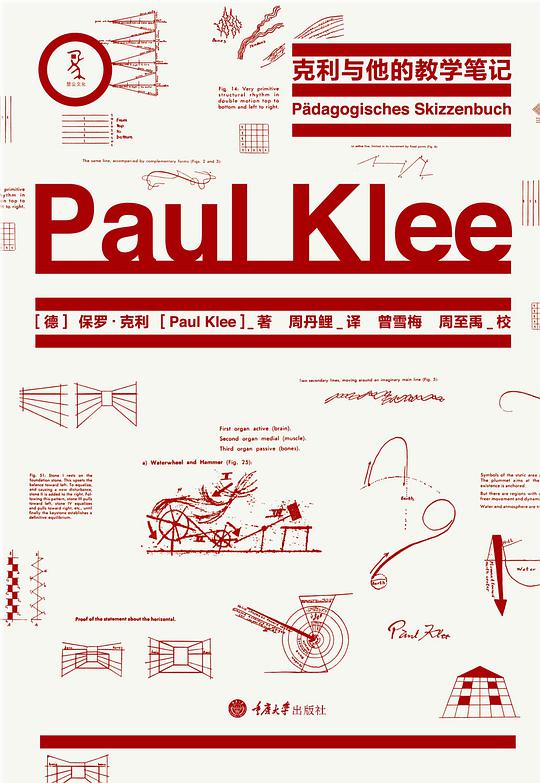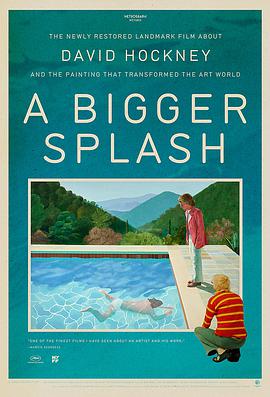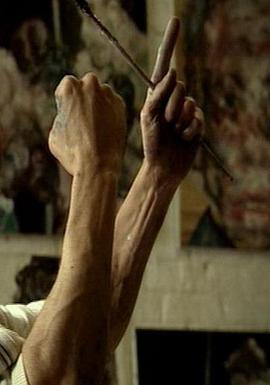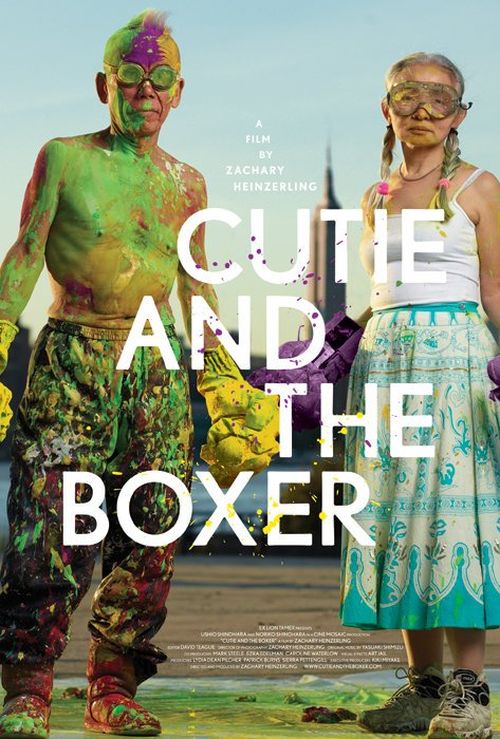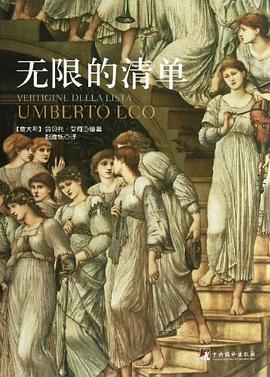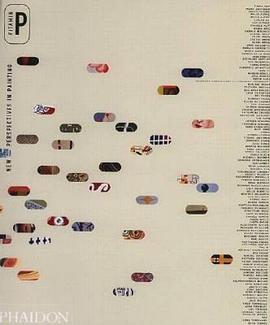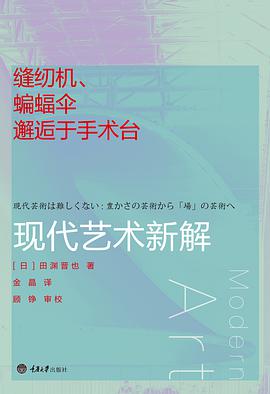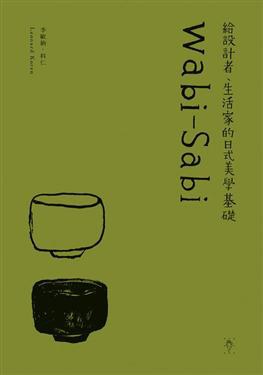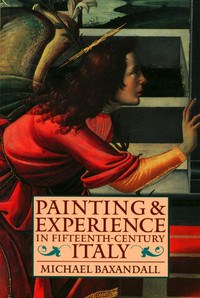Book Description
New Format and Redesign of the World's Best Selling Art Book
"Gombrich (1909-2001) had a gift for clear, conversational language, a narrative approach, and an interest in pop culture--he even included mass media and cartoons in The Story of Art. The book, which receives high praise in the CAA report [a recent assessment of art history textbooks by the College Art Association], is today the world's best selling art history textbook, with total sales of 8 million copies." -Art News, February 2006
E.H. Gombrich's warm, lively, opinionated--yet never patronizing--authorial voice brings history to life in a way that attracts both adults and young readers alike. Last year the first English translation of A Little History of the World, originally written in 1935 in German, was a surprise publishing success. Yet, this isn't even Gombrich's most popular work. The Story of Art has sold over 8 million copies, has been translated into more than 30 languages and served as the standard introduction to art history for students around the world for the past century. Now, the book will be available in a new affordable format, in wide release for the general public, just in time for the holidays.
Phaidon Press is pleased to announce the publication of THE STORY OF ART: POCKET EDITION by E.H. Gombrich, a re-designed, re-formatted compact edition of one of the best-known and best-loved books on art ever written. This new edition combines smoothly flowing text with a clear, simple design in a convenient and accessible format. The new edition allows this classic work to continue its triumphant progress for another generation, and to remain the first choice for all newcomers to art.
Phaidon Press commissioned Gombrich during World War II to write a history of art for young people. In 1950, The Story of Art was published and so a classic was born. Gombrich dictated the whole text from memory, using illustrations from books in his library as prompts. The outcome was a seminal work of criticism and one of the most accessible introductions to the visual arts. Starting with the cave paintings at Lascaux and stretching as far as Postmodernism, the whole of art history is presented as a chronological narrative. Using vivid imagery, storytelling and sly humor, Gombrich's voice draws in all--the student, connoisseur, or amateur.
The Story of Art has always been admired for two key qualities: it is a pleasure to read and a pleasure to handle. The pocket edition is no exception. With this new edition this classic work is now as accessible as the story inside. Gombrich's extraordinary knowledge and wisdom will continue to teach and inspire generation after generation.
From Library Journal
Phaidon Press has produced a much-improved edition of Sir Ernst Gombrich's classic narrative study of art history, which was first published in 1950. Among the many competing introductory texts?the central monuments of which are H.W. Janson's History of Art (Prentice, 1986. 4th. ed.) and Helen Gardner's Art Through the Ages (4th ed. o.p.)?Gombrich's venerable work has inhabited a unique niche, having been created specifically for newcomers to art. As his title indicates, he presents the whole of art history as a chronological narrative. Gombrich's voice is lively, opinionated, and almost conversational, yet his erudition shines through to make a book that is both accessible and informative. His premise, that the love of art, not the love of history, is the appropriate basis for its study is communicated directly with his irrepressible enthusiasm for certain masters and his passionate exasperation with 20th century nonobjective artists. While much of the text is unchanged, the format has been completely redesigned with vastly expanded illustrations, improved captions, better charts and an excellent index. This book belongs on every art-lover's bedside table, and even those libraries owning an earlier edition would not regret adding this refinement of an already first-rate work.
Douglas F. Smith, Oakland P.L., Cal.
From Booklist
Gombrich's The Story of Art has been a treasured standard in the field, selling more than 4 million copies since its first edition in 1950. Now in its 16th edition and available for the first time in paperback, this comprehensive look at Western art from prehistoric times on up to the present has been completely redesigned and extensively revised and updated. In addition, the illustrations have all been enhanced, and a total of 443 are now in color. Gombrich is more than an authority, he's an advocate, and his love and deep respect for art infuse his invigorating text. In his discussion of twentieth-century art, for instance, Gombrich explains how even the most experimental contemporary art is connected in some way to what has gone before. Gombrich tells the story of art "as the story of a continuous weaving and changing of traditions in which each work refers to the past and points to the future." Gombrich's invaluable history is a veritable celebration of this "living chain."
Donna Seaman
Midwest Book Review
Enjoy the most famous book on art ever published: an overview which covers the entire subject, from early cave paintings to modern experimental art. This has been revamped for the first time since 1972, offering larger illustrations, more color, and improved text and coverage. Highly recommended.
Book Dimension
length: (cm)18.5 width:(cm)10.7
